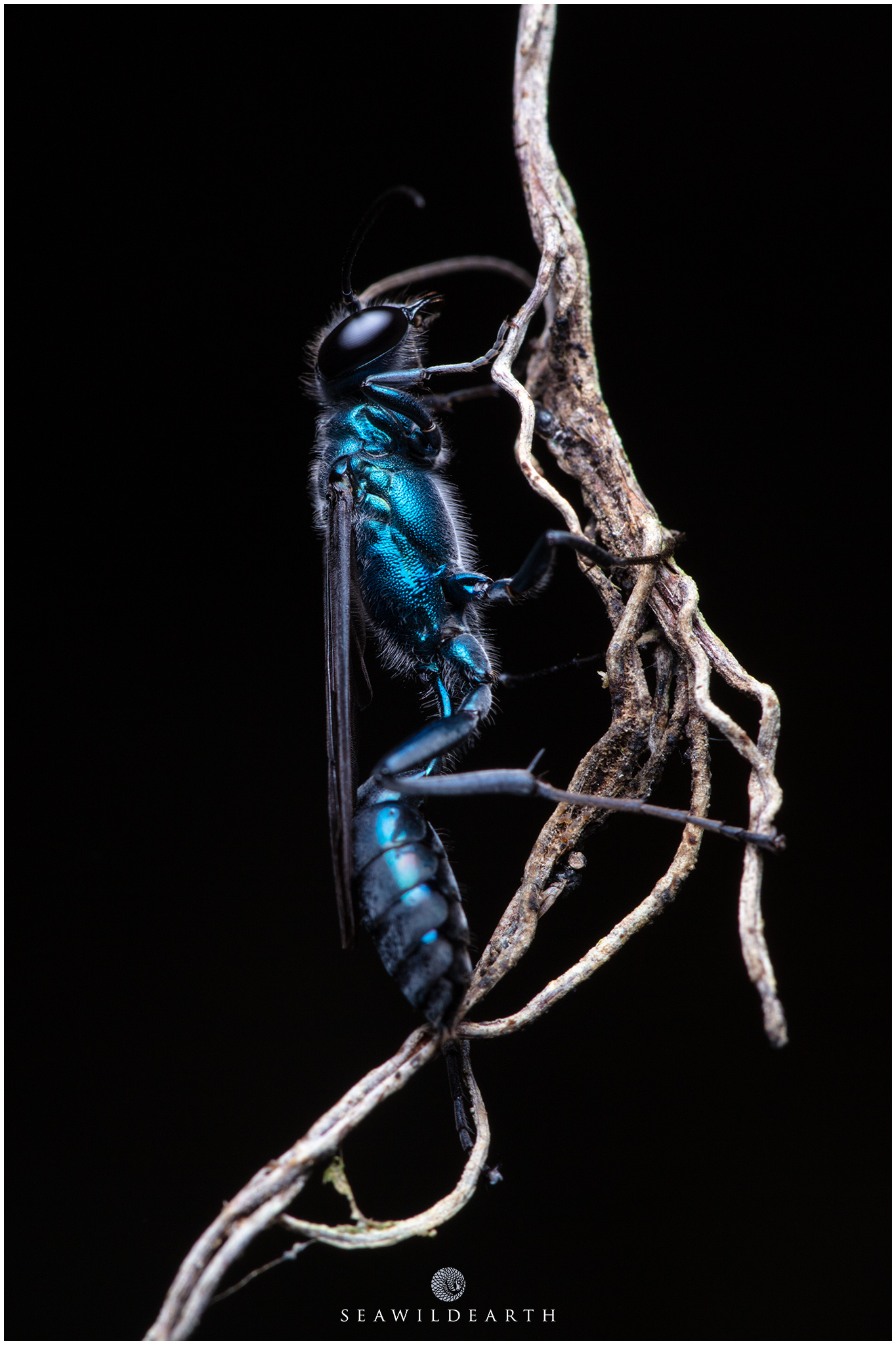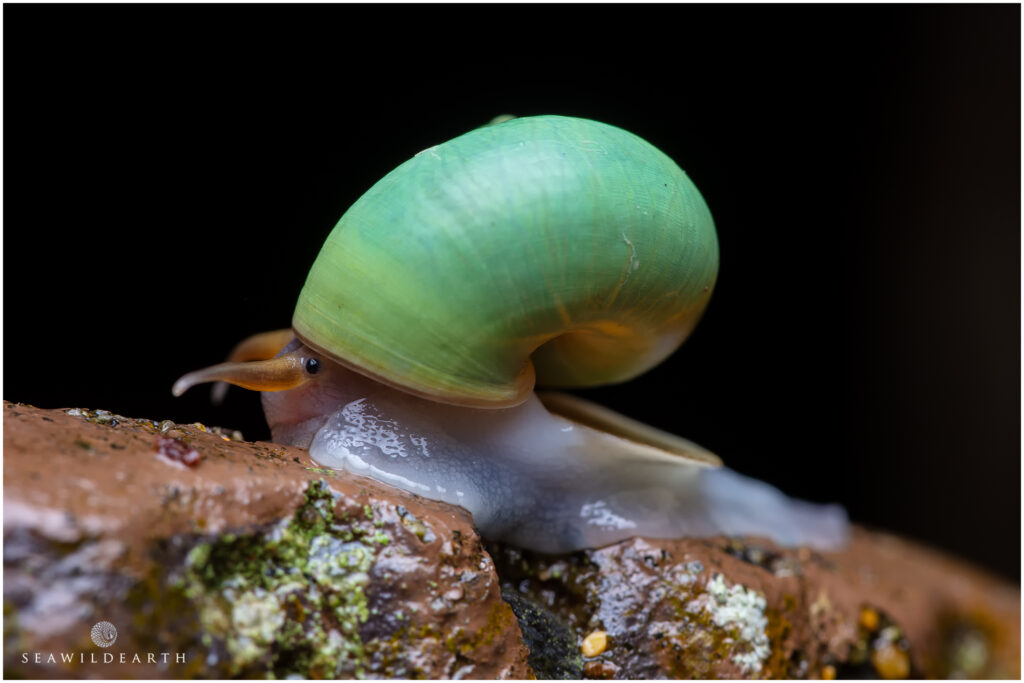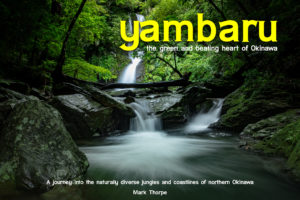Macro Lighting Diffusion
It's a constant battle when shooting objects close up, especially when they have reflective qualities.
Macro lighting diffusion is a pathway that many a macro photographer will tell is fraught with confusion, consternation, and frustration. This can be confounded even more especially when photographing subjects with greater levels of reflective qualities, beetles, and certain flying insects. With all of this taken into consideration, it is so rewarding when your macro flash photography results start to improve exponentially. Advances in this genre of imaging tend to be down to one sole factor, the correct diffusion of your flash or lighting source. I've been shooting macro flash photography for some 17yrs and find myself always looking to improve my flash diffusion options. This normally takes the form of my having created a range of trial diffusers over the year. Who of you can remember the 'Frankenflash'?

Reflective qualities of a subject can be the ultimate test of macro lighting diffusion. Nailed it.
At the moment my 'go to' macro lens is the Laowa 60mm f2.8 2:1 that allows me to shoot up to an awesome 2:1 macro ratio. Over the years I've found that I tend not to want to go more then 2:1 given the stability issue. Any hand movements, even the smallest, at 3:1 are like humongous earthquakes. I can just about get away with 2:1 given the massive amounts of real world situations I've found myself shooting. There are so many specific aspects of the hand-held technique that I could ramble on about but it would make this a somewhat tedious post.

Snails are a great test subject. Being critical I would say there's still room for improvement given the specular highlights on the slimy area of the critter.
Macro lighting diffusion is something of a quest. Serious macro photographers understand that the bare bones flash we buy from any outlet is just the beginning. A flash, any flash, is just a tool that we need to adapt to suit our specific and uniquely individual demands. Over the years I've found myself chopping up all manner of materials in the search for diffused satisfaction. Many is a time I'll be shopping in hardware and furniture shops not for the gadgets or items on sale but more looking for materials or items that could be bastardized and adapted for flash usage. Yeah it gets that bad!
My current flash unit of choice is the Laowa KX800, however it does have some limitations. I have now owned three of these units. For me the weakest spot on the unit is the modeling / focusing lamp. It's a great touch to have that third articulating arm with a focusing light on the end of it but it has always been the first thing to fail on the unit. On my current iteration of the flash I have removed the manufacturers lamp, after it failed, and replaced it with a small pencil light. I simply removed the wiring of the original lamp and masking taped a small light to the articulating arm. I simply change batteries when needed.
I have owned the Canon MT-24EX in the past and could possibly be looking to adopt the next version of that the MT-26EX-RT but at almost $1,000 it's not a cheap step to take. While the MT-26EX-RT does have modeling lights they are fixed into the main lamp head so would be rendered useless once I' placed diffusion elements over the flash heads.
I am currently experimenting with EPE Foam sheeting and starting to get much better results from that. At the moment I've got 10mm thickness EPE Foam as the front element to a newer rounder version of the 'Frankenflash'. I've also built an internal baffle from lesser thickness foam and thus far it sees to render great results. Once I'm happy with my Macro lighting diffusion the next step will then be the culmination of my macro photography path, to try and create my own flash with features I've addressed over the years as I've walked this often disheartening, yet ultimately rewarding path.
"Take nothing but pictures, leave nothing but footprints, kill nothing but time."
Unknown
About the Author
Internationally recognized as a provider of quality mixed media Mark Thorpe is always on the search for captivating content.

Photographer / Cameraman
Mark Thorpe
Emmy Award Winning wildlife cameraman and Internationally published landscape photographer Mark Thorpe has been an adventurer since he could walk! Spending 17yrs as an Underwater Cameraman at the start of his imaging career the highlight of which was being contracted to work with National Geographic. In that role as a field producer and cameraman he's been privy to a mixed bag of hair raising adventures. For some reason he was always selected for projects relating to large toothed marine predators such as Great White and Tiger Sharks, Sperm Whales and Fur Seals. Additionally he has also been active within Southern Africa on terrestrial projects dealing with a wide array of iconic wildlife.
Currently based in Okinawa, Japan he's always on the lookout for his next big adventure. He shares his exploits online with a totally organic social audience in excess of 200,000. Sponsored by a number of photographic industry manufacturers he is constantly scouring the islands for captivating landscape and ocean scape compositions. In videography, he continues to create short photographic tutorial videos as well as creating content about the diversity of wildlife within Okinawa and the Ryukyu Islands of Southern Japan.
 Whenever that rarest of commodities is available, spare time, Mark continues to photograph the flora and fauna of Okinawa that will eventually be used to compile a Coffee Table Book project. 'Yambaru - The Green Beating Heart of Okinawa' is planned to showcase the diversity of wildlife species and landscapes that make up the incredible location known as the Yambaru, the rolling green jungles of Northern Okinawa. Mark has also devised a way for folks to become involved with that project via a support page on the Patreon social platform. For a small monthly donation, used to offset the travel and time to create the book, those willing to are in effect embarking on a 'lay away' project to secure a copy of the book which will also be signed by Mark as a sign of gratitude for the support. More information about this option can be found on the Patreon Profile for the project.
Whenever that rarest of commodities is available, spare time, Mark continues to photograph the flora and fauna of Okinawa that will eventually be used to compile a Coffee Table Book project. 'Yambaru - The Green Beating Heart of Okinawa' is planned to showcase the diversity of wildlife species and landscapes that make up the incredible location known as the Yambaru, the rolling green jungles of Northern Okinawa. Mark has also devised a way for folks to become involved with that project via a support page on the Patreon social platform. For a small monthly donation, used to offset the travel and time to create the book, those willing to are in effect embarking on a 'lay away' project to secure a copy of the book which will also be signed by Mark as a sign of gratitude for the support. More information about this option can be found on the Patreon Profile for the project.
